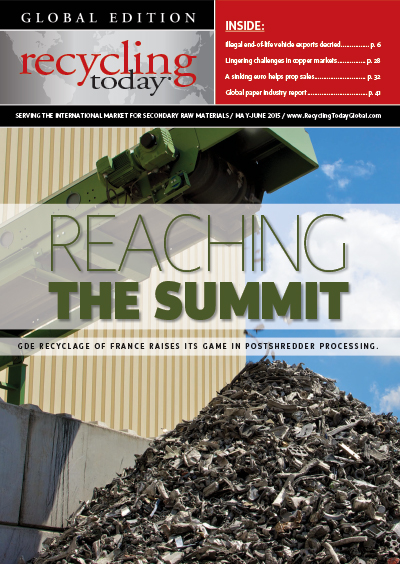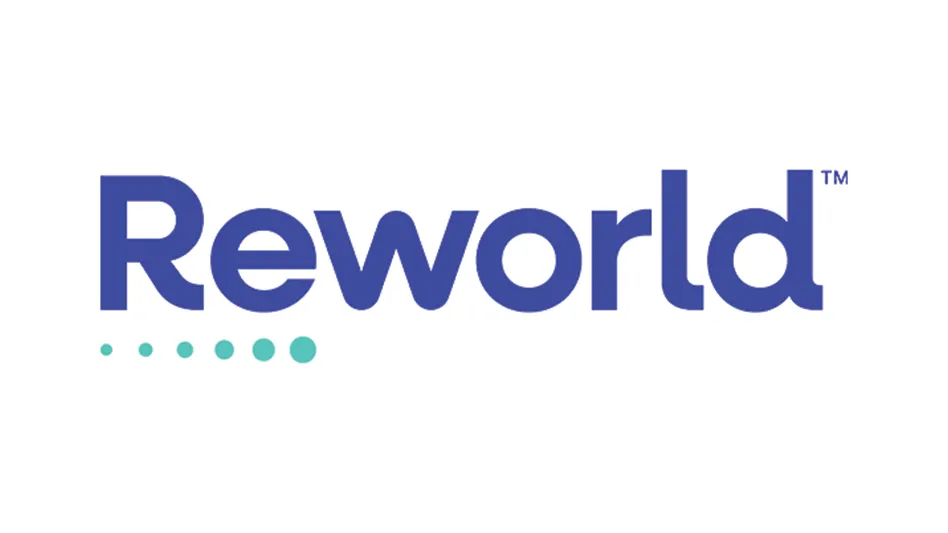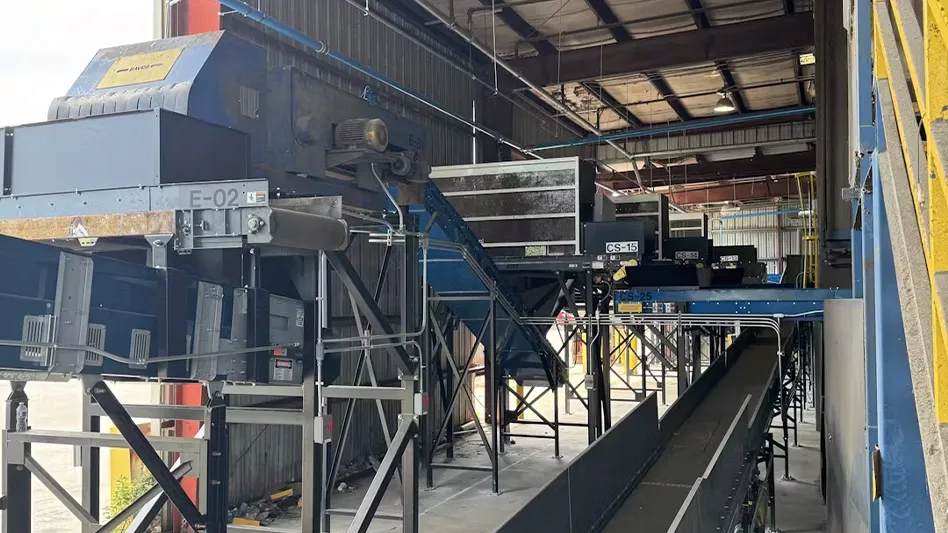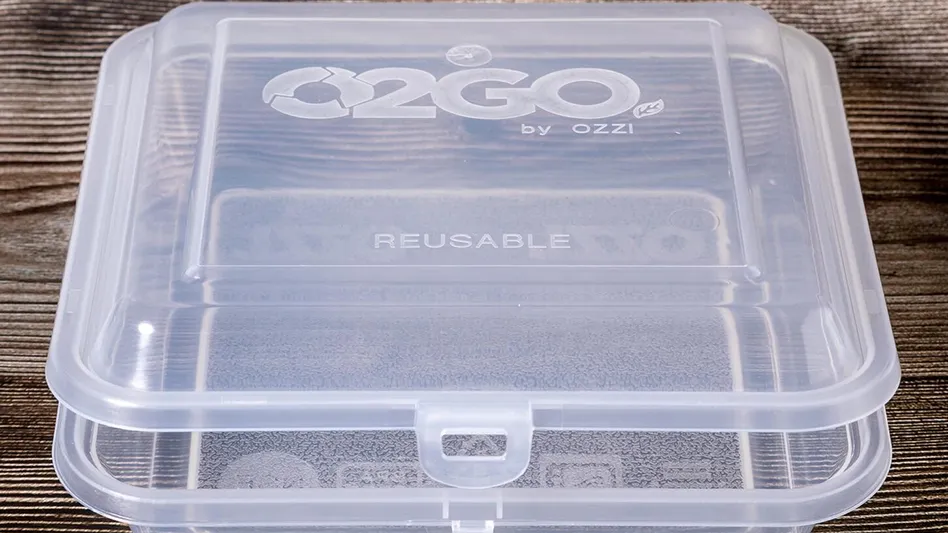 While the mainstream economic recovery in Europe is said to be underway, with around 1% gross domestic product (GDP) growth in the European Union for 2014, according to Eurostat (following a contraction in 2013), conditions throughout the recycling sector appear to be lagging behind.
While the mainstream economic recovery in Europe is said to be underway, with around 1% gross domestic product (GDP) growth in the European Union for 2014, according to Eurostat (following a contraction in 2013), conditions throughout the recycling sector appear to be lagging behind.
Among the few positive signs for the industry, and one that may have affected the recent sales of or demand for secondary commodities from the European Union, has been the weakening value of the euro compared with the U.S. dollar, the British pound and other currencies.
Discussions with traders and recyclers in several market sectors—ferrous, nonferrous, recovered fibre and plastics—seem to bear out these mostly unfavourable findings.
Domino effects in ferrous
Tom Bird, a member of the Bureau of International Recycling’s (BIR) Ferrous Board and managing director of Mettalis Recycling Ltd. in the U.K., says conditions in the ferrous sector have been “extremely tough across Europe.”
“Trading conditions are as tough as they’ve ever been,” Bird comments.
Bird says while demand for ferrous scrap metal is relatively healthy, prices are struggling in reaction to production changes in Turkey, the world’s largest consuming country for ferrous scrap. Further, Bird adds, the recent weakness of the euro has contributed to a confusing picture.
“The combination of strength in the dollar and weakness in the euro has obviously aided the export of scrap,” says Bird. Even though ferrous prices may have dropped, exchange rate movements have benefitted recyclers, he says.
Bird also refers to the U.S. dollar’s movement against the British pound in recent weeks, moving several cents up and then back down again in a matter of hours.
“On a scrap cargo, you’re talking, GBP, tens of thousands of local currency movement,” he says.
Another factor Bird refers to is the high supply of finished steel offered by Chinese producers into the global market at low prices. The situation, he says, is impacting the prices buyers are willing to pay for raw materials. Bird says the price dampening is having a domino effect on the Turkish market for finished steel.
Providing additional stress, says Bird, is that arisings for material are very tight across Europe.
“The material flowing to the yards is down and is still well below capacity levels,” he says, adding that shortness of supply normally translates to better prices, but that isn’t the case in the current market.
“The actual arisings are well below normal levels,” he says. “So it’s a double whammy: you’ve not only got volume down, but margins are down as well.”
However, Bird says recent conversations with buyers indicated a spread between the amounts they were prepared to pay of about $12, “which goes to show there is so much uncertainty as to where the market is,” he says.
Although Bird says traders are seeing a slight recovery on the export market, conditions remain difficult.
“Turkey is the driver at the end of the day,” he says of the export market, “which subsequently drives the domestic market.”
Sluggish nonferrous markets
Focusing on the nonferrous side, Alexandra Weibel-Natan, CEO of the France-based trading company Manco, describes a similar slow market, with weak demand for most grades.
“Some customers are buying but at higher discounts, and quantities in demand are not what they used to be,” Weibel-Natan says.
She referred to widely fluctuating prices, starting with a sharp fall in London Metal Exchange (LME) copper prices in January “for no apparent reason.”
Meanwhile, the weakening euro has favored export, she says, offering some support for traders. However many suppliers are still waiting for better market conditions and higher prices.
“Margins are thinner and thinner for all market participants,” she says.
Suppliers have plenty of material on hand, Weibel-Natan adds, but customers are not buying much, and prices are low. This is particularly evident for stainless steel in Europe, Weibel-Natan says. “There can be up to a $200 difference between prices in India and Europe,” she explains. Weibel-Natan says traded volumes are lower because mills are delaying deliveries. Meanwhile, Indian buyers of stainless steel scrap are active, but they tend to buy from suppliers in the Middle East and Africa.
With regard to copper and aluminium, buyers in Asia are interested, but strengthened preshipment inspections in recent weeks are adding difficulties.
“Material control and regulations have strengthened,” she says. The situation is particularly difficult in China and India where pre-shipment inspections (PSIC for India and CCIC for China) are becoming more difficult to obtain.
Weibel-Natan says demand from Asia was weak over the first quarter, with Chinese buyers more interested in U.S. scrap.
“Indians are buying much more; they are taking advantage of the absence of Chinese buyers to capture scrap from Europe and the Middle East,” she says. “At the moment, India seems to be the best market (even sometimes the only market) for brass, lead, aluminum and stainless steel scrap.”
Considering the recent exchange rate movements, Weibel-Natan says a price that was not considered workable for sellers two months ago, today might be acceptable to them.
Paper adjustments
Henri Vermeulen, chairman of the European Recovered Paper Council and vice president of recycling for the Smurfit Kappa Group, says Europe’s recovered fibre market seems to be improving for old corrugated containers (OCC).
“People are starting to stock up,” he says, referring to scheduled holiday mill closures in the months of April and May.
He says, for example, that bad intake in previous months in Spanish paper mills has led to increased prices there, particularly since stocks were already at fairly low levels.
Vermeulen also points to price increases for finished cardboard products from major European mills.
“In general, most big producers have announced price increases for cardboard in the range of ¤40 to ¤60,” he says. Those increases, he says, have also triggered certain suppliers to look for increases.
Vermeulen indicates that March OCC prices were already up in France and Spain. “For April, I expect the rest of Europe to follow,” he says.
He says it appears that the major mills are running well, and all have made price announcements for the month of April. “There’s a lot of demand for April,” he says. “We see that more and more for April OCC.”
However Vermeulen says it’s a different story for grades such as old newspapers (ONP) and publications and magazines (news and pams). While Europe as a whole has significant surplus of recovered paper, that surplus is not divided evenly, and some regions, such as Germany, have deficits, resulting in intra-European flows and exports to China and the Far East.
Vermeulen also points to mill closures in the newsprint market in the United Kingdom, Sweden and France.
“We have seen some announced closures and in the U.K., a bankruptcy,” he says, referring to the closure of Aylesford Newsprint in March, “so there is not that strong demand from the mills.”
He says it appears Europe’s demand for newsprint is following the trend that occurred in the U.S. several years ago.
“This decrease in demand is now really hitting in Europe,” he says, referring to the condition of “overproduction” that exists there now.
Other challenges include decreasing quality of recovered paper and a decreasing flow of virgin materials.
Vermeulen says many of the recent closures involved mills using virgin fibre.
“That means there is less and less fresh fibre coming into the system,” Vermeulen says, a fact that makes European fibre less desirable to Chinese buyers. On the other hand, he notes, depreciation of the euro makes European tonnage relatively cheap for Chinese buyers.
Meanwhile, Vermeulen says the packaging market is growing a few percentage points per year, amounting to a few million tonnes per year, with most of this growth based on recycled content.
He says the price swing in April has been driven more by strong domestic demand than by export markets, and that the current higher prices offered by Chinese buyers are likely tied to strong demand for the material inside Europe.
Vermeulen says the current strength of the U.S. dollar also has dampened U.S. imports of finished product to Europe. That means Europe must supply more of its own finished product, which translates to an increase in demand.
“At the end of the day, it’s always based on supply and demand,” Vermeulen says. “When you look to the OCC market, there is good demand, so that keeps the market quite strong, If you look at news, the demand is not there. It’s going down a few percent per year.”
Plastic pressures
Michael Schneider, press officer for Remondis Group, a family-owned recycling and waste management company based in Germany, says plastics recycling in Europe has suffered in recent months on account of lower oil prices. The company operates facilities across Europe, handling paper, plastics and metals.
“As long as oil prices are down, recycling really isn’t economical,” Schneider says. And with the high number of incineration plants built throughout Europe, he says, many waste materials that would otherwise be recycled are often drawn to incineration or waste-to-energy (WTE). However, he adds, Remondis still works to collect and recycle as much packaging as possible.
“Our philosophy as a company is to invest in more modern technology to recycle the raw material and not put it into incinerators,” he says.
At the moment, he says, demand for plastic scrap is comparatively low. “On the other hand, incinerators are running empty, so their demand is high, and we’re stuck in the middle trying to resolve that conflict through market movement.”
Schneider says Remondis is riding out these short-term conditions, but he concedes, to the company’s dismay, there is suction of that material into WTE markets. “It’s a difficult market situation for companies like us,” he says.
Looking to export markets, Schneider says Asian demand for polyethylene terephthalate (PET) plastic remains evident and stable, though it is not growing to the extent of years past.
The author is managing editor of Recycling Today Global Edition and can be contacted at lmckenna@gie.net.

Explore the May 2015 Issue
Check out more from this issue and find you next story to read.
Latest from Recycling Today
- Novelis quarterly, full-year net sales down; CEO reports ‘strong improvements’
- Meeting the decarbonization challenge
- Cyclic Materials expands leadership team
- Paper cup acceptance at US mills reaches new milestone
- EPA announces $3B to replace lead service lines
- AMCS showcasing Performance Sustainability Suite at WasteExpo
- New Way and Hyzon unveil first hydrogen fuel cell refuse truck
- Origin Materials introduces tethered PET beverage cap





